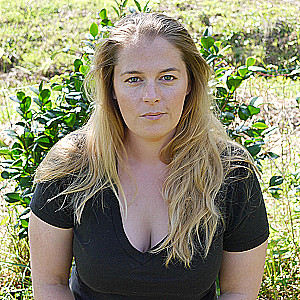Voice over for Documentary on Coral Reefs
Description
Vocal Characteristics
Language
EnglishVoice Age
Middle Aged (35-54)Accents
British (General)Transcript
Note: Transcripts are generated using speech recognition software and may contain errors.
sponges are considered to be one of the most primitive groups of multicellular animals. This is arguably untrue because sponges represent what is in effect an evolutionary dead end and is thus considered by some as a perfect design. As no significant modifications have been made for untold millennia. Sponges are cecil with the ability to grow on a variety of surfaces where they filter feed by drawing water into numerous small holes on their surface, called in current pores or openings ostia. This water is moved through the sponge by currents created by beating, whip like extensions on the individual cells called flood sheller. As the water passes through the sponge, food and oxygen are filtered out and the water leaves the internal cavity via one of the animals larger X current openings ostia. These are usually further towards the top of the sponge than in the current openings to aid natural circulation. Sponges lack muscle nerves, internal organs or true tissue layers, and their individual cells display a considerable degree of independence. This independence is at such a level that if a sponge is passed through a cheesecloth back into seawater and reduced individual cells, the cells can cluster together and begin building a new sponge structure a process called cloning
